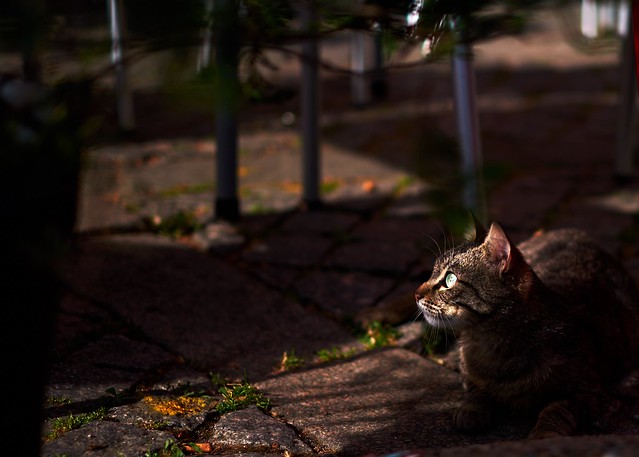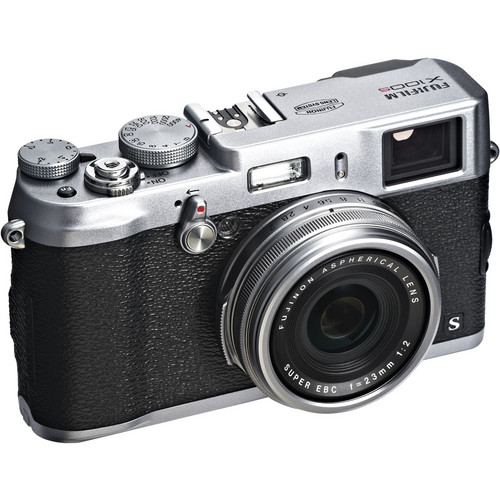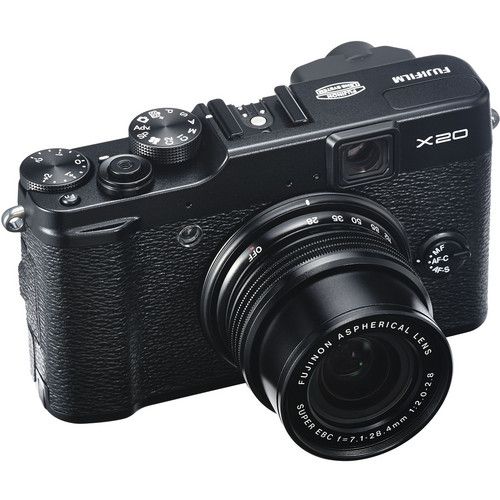The Stray Cats of Porto
NEW GUEST POST FEATURE
Write Your Articles Directly On FujiRumors!
_ _ _
guest post by Adam – adambonn.com website
A very great many ‘togs seem to protest at the idea of cat photos…
When the Fujifilm X-Pro2 finally landed, the internet wags quipped that the Fujifilm X-Pro1 was now only good for “cat shots and infrared conversion”
:) I did have to laugh
The thing is…
I love cats!
I realise that some find them aloof, greedy and self centred. But animals didn’t ask to be domesticated, they didn’t sign up to some mutually exclusive deal, you scratch my back, I’ll scratch yours. Animals exist in our domesticated world because we have use for them, or because we tolerate them.
But many large urban areas have stray animals, perhaps once a pet, perhaps the offspring of a pet. Strays are NOT a Porto problem, they’re not a London problem or a Rome problem or a anywhere problem, they’re a humanistic problem.
Strays say something about our own species; and it’s not nice. Animals stuck in a neither world of not being part of human existence nor being free of it. They exist in this space because of the human world and despite the human world.
When we take a pet, we create a dependant. When we break that bond, we create a shadow.
These are not cutesy kitties, they could be… they have the capacity, but these are street creatures, discarded and dirty. Left to eek out an existence on whatever they can get.
I love cats.
And when I look into the eyes of these strays I see the struggle they’ve endured and their defiance in never giving up. This isn’t some sort of aloof detachment. This is the primordial square root of survival. Even the little indoors only kitty curled up on your bed has this ability.
These cats are not pets… To me, they’re as valid street subjects as anything else in the genre, after all, if we say that ‘street’ is the documentary of the humanistic world, then what tells our story more than the problems we create and the things we discard?
All these shot are taken with the X-Pro1 and X-T1.
Both bodies soon only to be suitable for infrared conversion, and cat shots. Perhaps even infrared cat shots :)
I realise that you may not enjoy cat shots… But hopefully you’ve seen a different side of the kitty, one which is perhaps a bit more engaging than a pampered fat cat chasing a toy or lapping up some milk…
If it’s of interest, you can see more of my work on the links below.
Warm regards
Adam
Click for Blog Table of Contents
Click for Articles and Stories
Click for the Largest Fujifilm X-Pro1 Opinion Article on the Internet
Push the READ MORE Button to see More Images




